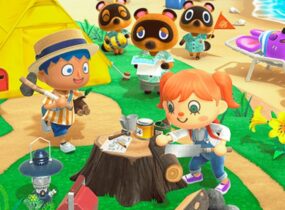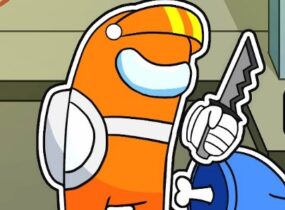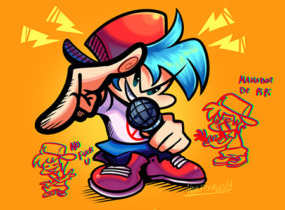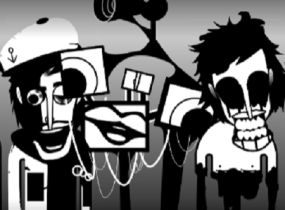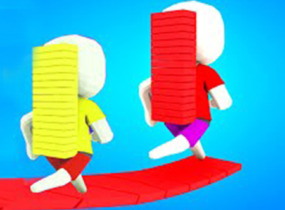Laceys Flash Games might seem like a standard collection of web games from the early 2000s, branded as light entertainment for kids. The interface is colorful and intuitive, with point-and-click mechanics that allow players to dress up characters, clean rooms, or explore themed locations like skate parks and salons. Each game runs in a closed environment and reacts to user choices, leading to multiple endings based on interactions with the scenery and characters. On the surface, it feels like nostalgic digital comfort—simple, short, and charming.
Patterns, Characters, and Hints of Distortion
As you play more, the mood subtly shifts. Certain patterns repeat in unsettling ways. A happy character might deliver an oddly phrased line, or a harmless choice may lead to an eerie consequence. Behind the bright visuals and upbeat sound loops, there’s a layer of discomfort waiting to be noticed. The characters—Lacey and her group of pixel-perfect friends—start to seem more like placeholders for something buried. The endings, too, begin to feel less like moral lessons and more like tests. Some conclusions are abrupt, others strangely specific, and a few just leave you staring at the screen, unsure if you’ve missed something—or triggered something.
Secrets and Speculation Around the Developer
The collection raises more questions than it answers, especially when players dig into the background of Rocio Yani, a name tied to the development of the original games. Reports of hidden dialogue, missing content, and even references to real-world disappearances fuel theories that the games were more than they appeared to be. In 2025, the project resurfaced with new support and a small cult following trying to piece together its secrets. While there’s no official walkthrough, the games reward observation and repetition. Not every playthrough ends the same way, and not every element is decorative. Whether you’re here for nostalgia or clues, Laceys Flash Games is anything but predictable.



























































































